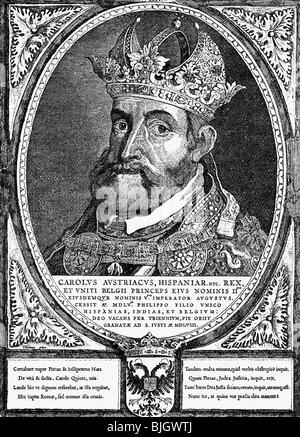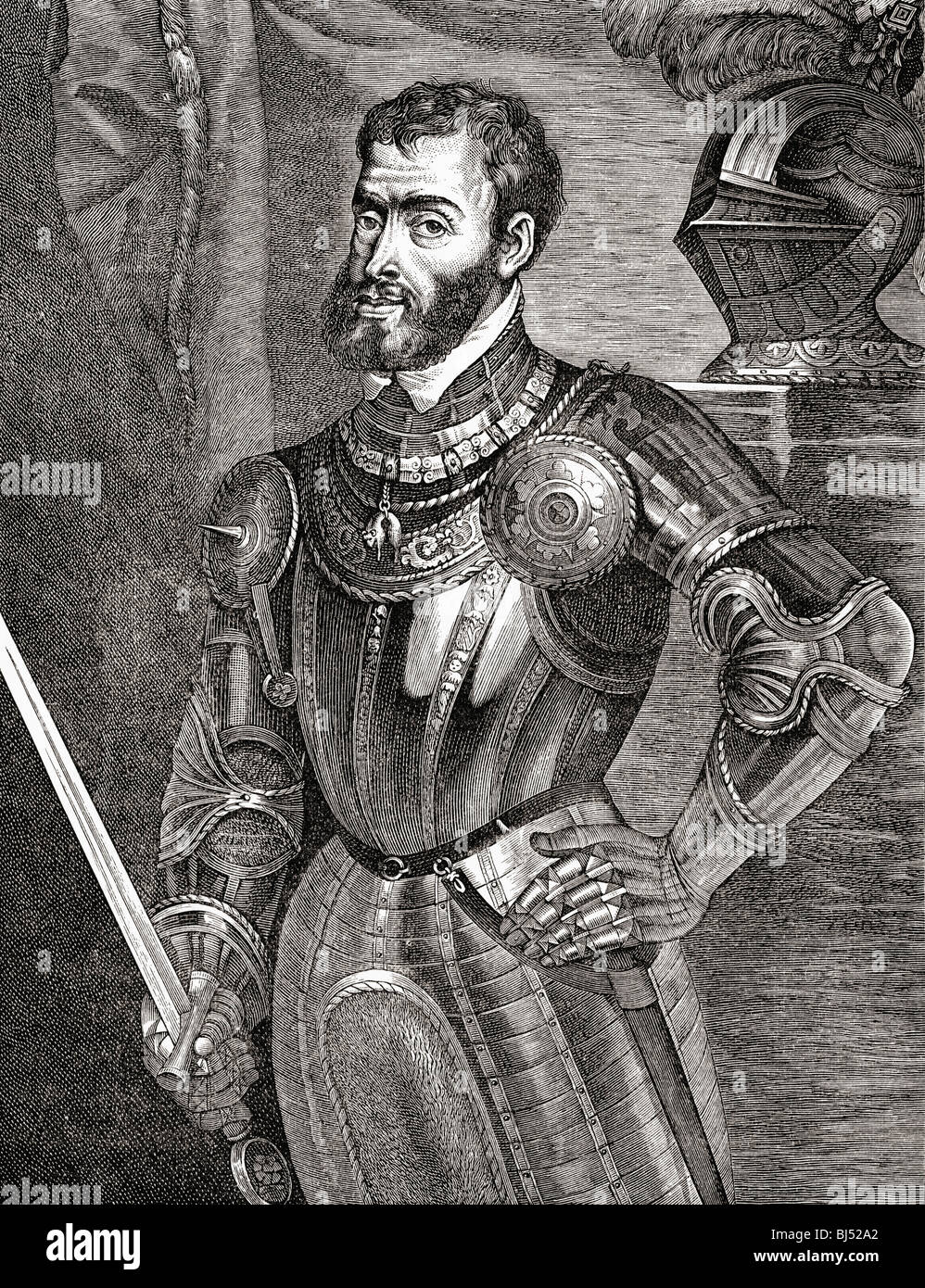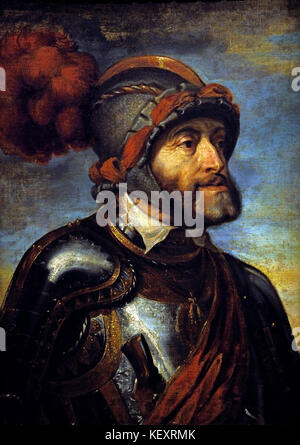

Those elected became ‘King of the Romans’, until such time they were crowned by the Pope, at which point they became ‘Emperor of the Romans’ or ‘Holy Roman Emperor’. There were 7 ‘electors’: the Archbishops of Mainz, Trier, and Cologne the King of Bohemia and three secular ‘princes’, the electors of Brandenburg, Saxony, and the Palatinate. The term ‘Holy Roman Emperor’ was used to signify the elected head of the Empire. Such were the divisions and complexity of the territories that many ruling princes had to cross their neighbour’s land to visit outlying portions of their own.

At its greatest extent it included most of the modern states of Germany, Austria, Switzerland, Liechtenstein, the Czech Republic, Slovakia, Slovenia, the Netherlands, Belgium, northern Italy (excluding Venice), western Poland, and eastern France (Alsace, Lorraine, Franche Comte, and Savoy).

These covered a large area of central Europe.
ROMAN EMPEROR CHARLES V FREE
In the early 16th century it consisted of over 300 separate principalities, duchies, free imperial cities and other territories ruled by dukes, counts, princes, archbishops, bishops, city councils, imperial knights and others. when Charlemagne was crowned emperor by the Pope. This section concentrates on the structure of the Holy Roman Empire and how Charles became Holy Roman Emperor in 1519.īy 1519 the Holy Roman Empire was already an ancient institution, in existence since 800 A.D. 'There is nothing in this world we want more'


 0 kommentar(er)
0 kommentar(er)
